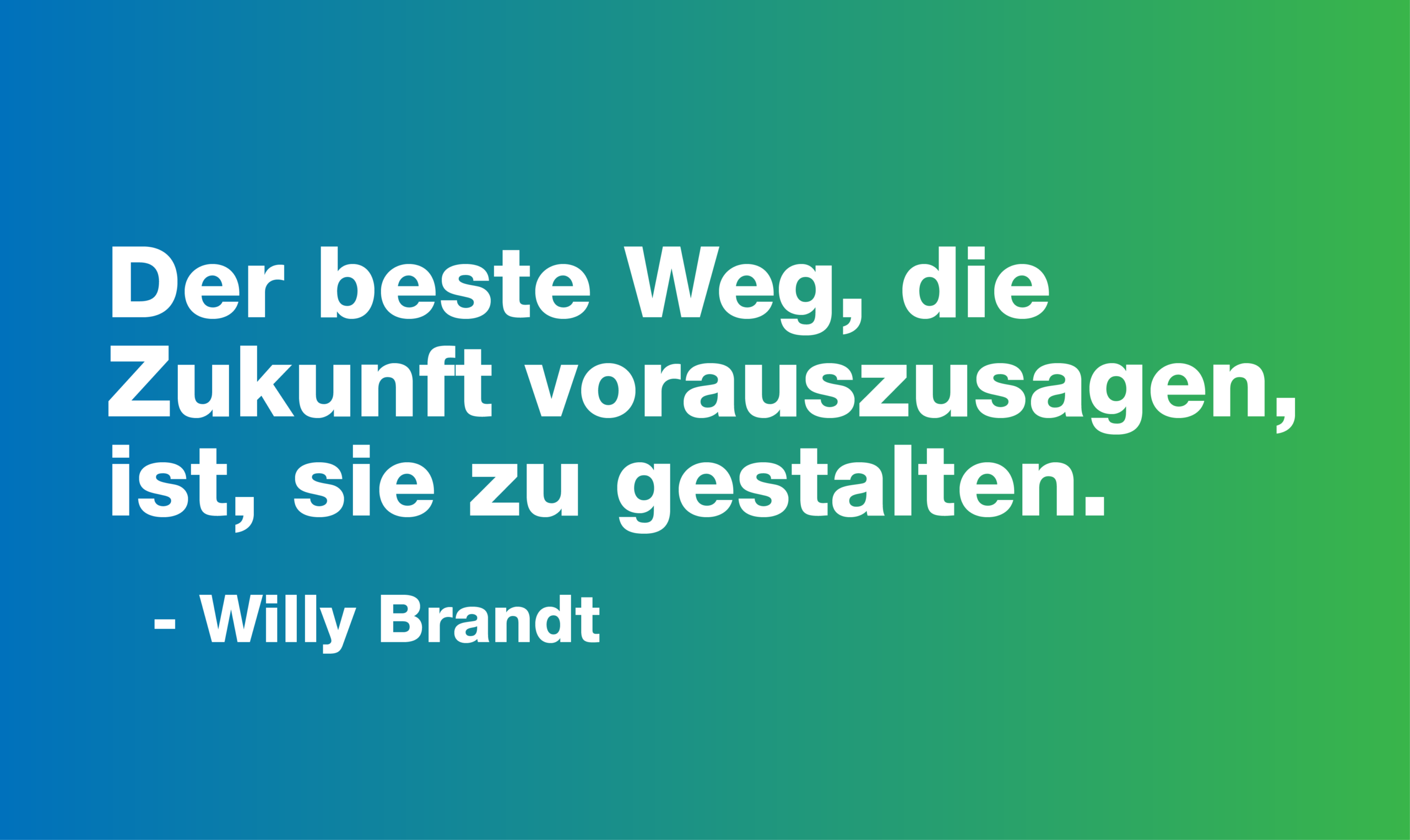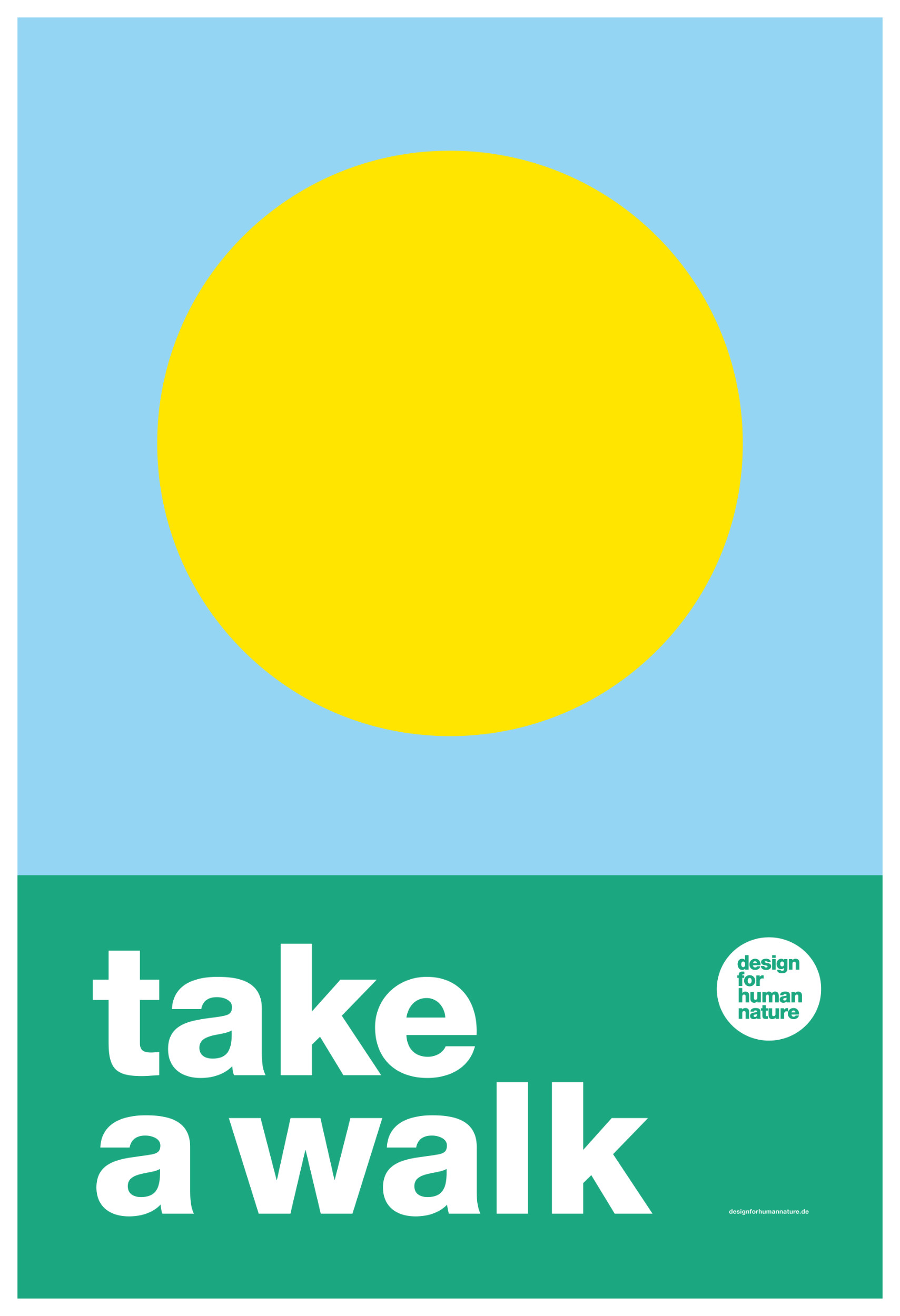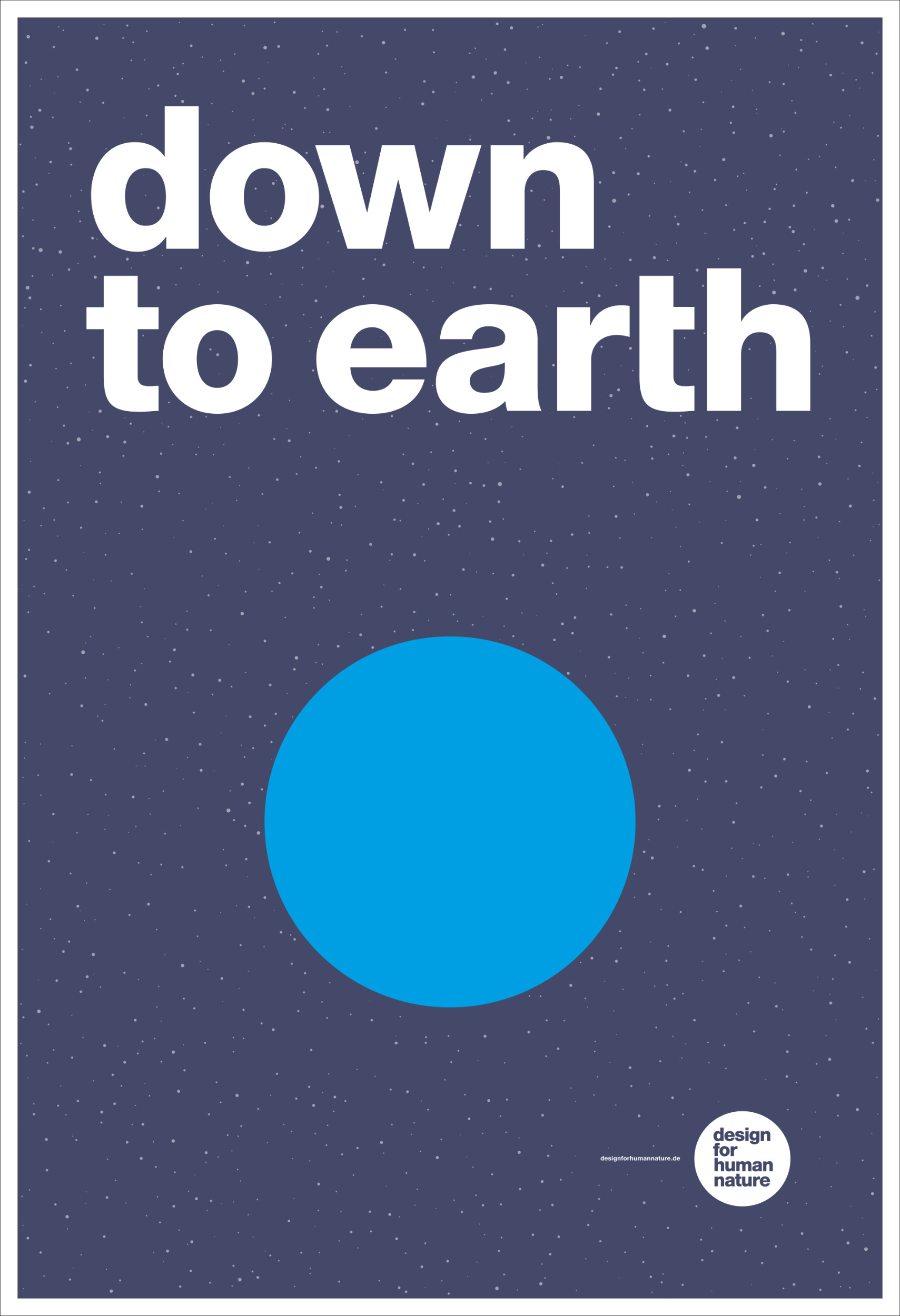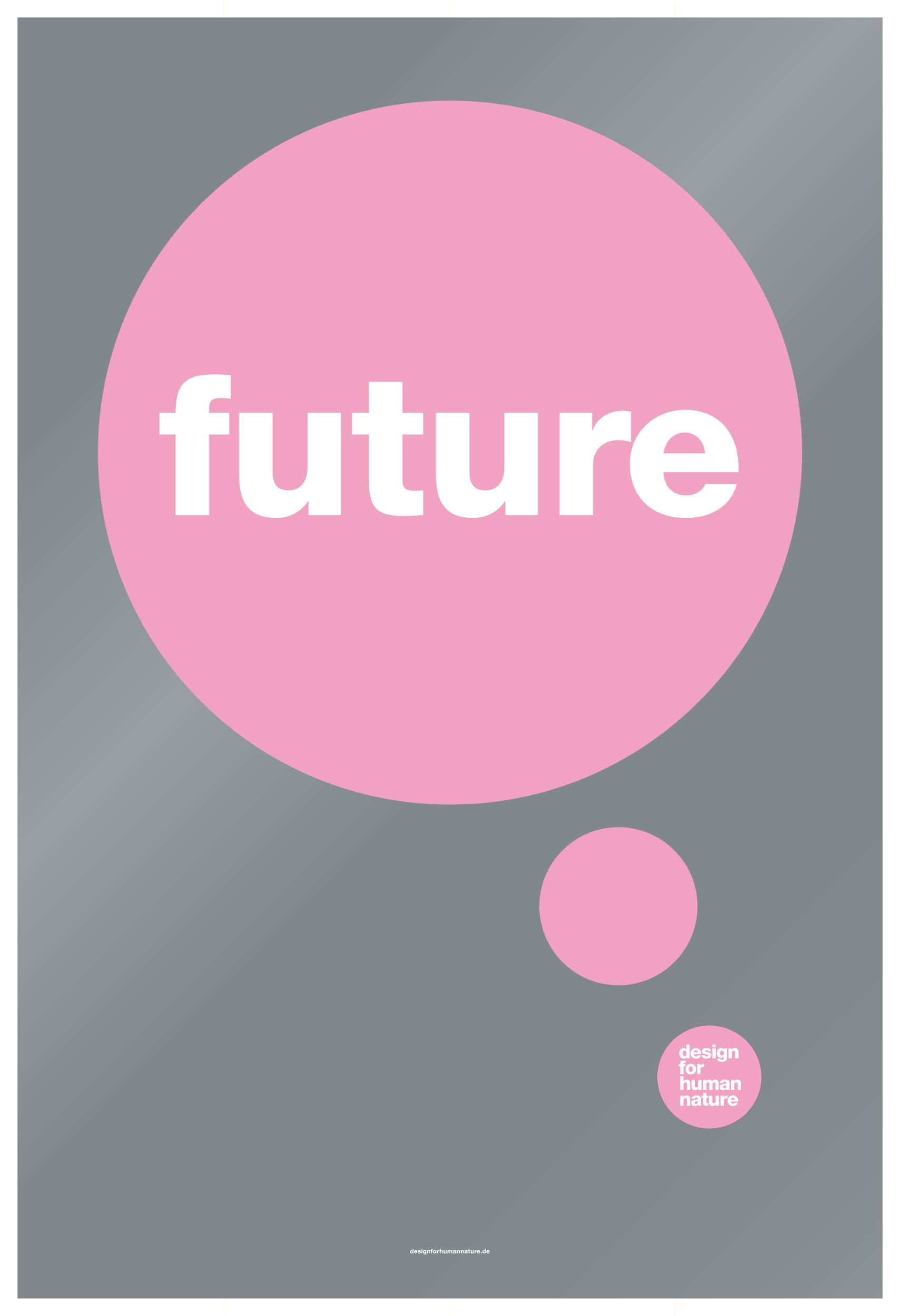Forced by nature to realize happiness
The coronavirus crisis is the biggest global disaster of my lifetime – with emphasis on the word global.
References include the financial crisis of 2008, swine flu, and September 11, 2001. Speaking of happiness in the face of such widespread suffering around the world may seem inappropriate at first, but as an optimist, I would like to use this article to shed light on ways forward.
At the moment, we all have an increased need for statements about the future. There are no oracles or time machines, but from a design perspective, there are some methods we can use to help us collectively approach insights about the future. The following article focuses on just one challenging area, business, and focuses on the human component.
Why am I writing this article now?
Inspired by Matthias Horx’s Future Mind column #48 – The World After Corona (1), which formulates a re-gnosis, a utopia for this fall, I reflected on the role of design during such a social change. While tidying up my dining table workspace, I came across a postcard whose inscription got me thinking. Some of you may be familiar with the saying: “The only way to predict the future is to create it yourself.” Despite its character as a dusty piece of wisdom that people like to dismiss as nice or confirm with a smile, I see the saying as a challenge to myself, my design colleagues, companies, educational institutions – to everyone.

Furthermore, I am currently at a unique point in my career that invites reflection. According to Jack Ma’s philosophy, I am at the intersection between “follow and learn” and “execute and focus.” (2) In other words, I am now faced with the question of whether design is still the “right” path for the future.
The positive effects of the coronavirus crisis described by Matthias Horx, as well as the critical view of design, motivated me to put my perspective into words.
What is my optimism based on?
One reason for this is the view into the past. “You can only connect the dots looking backward,” as a well-known Steve put it in 2008. In Rebecca Solnit’s A Paradise Built in Hell – The Extraordinary Communities That Arise in Disaster (3), she analyzes natural and man-made disasters of the 20th and 21st centuries and the resulting social situations. “The history of disaster shows that most of us are social animals, hungry for connection, but also for meaning and purpose,” she writes. No matter how dire a situation may be, it “draws us into emergencies that require us to act altruistically, courageously, and with initiative in order to survive or save our neighbors, regardless of who we voted for or what we do for a living.”
We are also seeing how positive human qualities are being lived out on a broad scale, how people are coming together – despite the physical distance – and we are seeing the positive changes of a less polluted environment. From now on, these are truths that have been experienced and will no longer be easy to ignore, whether in political or economic decisions.
The second reason for optimism is the design itself.
As a designer, I believe in positive human abilities and their support through universal design. (originally formulated by Arne Schultchen, 2018) A guiding principle that accompanies me every day. Here, too, a brief review shows that design, here as a formulated combination of reflection and projection, offers possible solutions to problems — without products or services.

2018: take a walk — “Traue keinem Gedanken, der dir im Sitzen kommt.“ — Friedrich Nietzsche

2019: down to earth — “This planet is our only home; we are all responsible for taking care of it.” — Dalai Lama

2020: future — the future can’t wait. let’s imagine a better future, now. (published end of 2019 for 2020)
These posters (designed and published by design for human nature GmbH) are intended as inspiration and were sent out annually. Given the current situation, the relevance of the posters has increased even more. To arrive at the right solutions, you first have to ask the right questions. What will happen to the world when people start walking again, experiencing nature, and driving less? What will happen to the Earth when people feel responsible for it? And what will happen to our society when we all feel responsible for our shared future and work together to shape it with humanity and optimism? Questions whose answers are now becoming apparent.
To arrive at the right solutions, you first have to ask the right questions.
Future feelings
In the aforementioned column #48, Matthias Horx first discusses the positive social effects that have developed after the initial shock of social distancing and quarantine. One example he cites is renunciation. Renunciation is no longer a strange concept thanks to part-time fasting, diets, the minimalism trend, and bookable offline retreats, and people have learned to deal with it relatively quickly. Renunciation does not necessarily mean loss — on the contrary! The positive effects of renunciation have long inspired business models and products. But it is only now, forced to slow down by social distancing, closed shops, and prohibited leisure activities, that we are rediscovering the positive power of renunciation in everyday life. Fueled by solidarity and mutual support, virtual communication is losing its casualness. Peace and quiet are gaining value, and contact with friends and family is regaining depth.
Adjusting from 180 km/h to walking speed is challenging, but during this time, we may find answers to the question of how we would like to live (in the future). Back to ourselves, back to the present, back to humanity and analog closeness.
How does this social intervention affect work life?
Or: What human challenges will companies face?
There are too many to list in one article. Generally speaking, the experiences of this period are changing our view of everyday life, work, and leisure (before COVID-19). The way we work will change. In his re-gnosis, Horx describes this change as follows:
„Today, in autumn, there is once again a global economy. But global just-in-time production, with huge, ramified value chains in which millions of individual parts are shipped across the planet, has had its day. It is currently being dismantled and reconfigured. Everywhere in production and service facilities, intermediate storage facilities, depots, and reserves are growing again. Local production is booming, networks are being localized, and craftsmanship is experiencing a renaissance. The global system is drifting toward GloCALization: the localization of the global.“
It is difficult to predict how corporate structures will develop, but it is relatively clear that they will change. The world of work must adapt to this new structure, which is characterized by a new awareness of the environment and leisure time.
This presents many companies with the challenge of broadening their definition of social responsibility, re-evaluating their vision, redefining it in line with the post-coronavirus normality, and making the desirable state of social closeness and environmentally conscious lifestyles (even if not voluntarily) a sustainable reality. This could (should) mean redesigning workplaces so that the best features of the office and home office lead to a better, more human working atmosphere. Tailoring the products and services offered more closely to people’s needs will also lead to more sustainable success. Many companies still have a long way to go on the Danish Design Ladder in these areas. (5) Denmark’s National Agency for Enterprise and Housing analyzed the correlation between design and economic success over a period of five years a long time ago and concluded that design contributes to economic success by a factor of two.
“The largest increase in export share of turnover is achieved where a systematic approach to design has been adopted, namely companies that employ professional designers and purchase design externally. […] All findings of the analysis indicate a very clear correlation between the employment of design and the economic success businesses achieve, which in turn benefits society as a whole” (6)
Although the crisis seems to have brought the world to a standstill, with consequences whose extent we cannot yet even begin to comprehend, I see plenty of grounds for optimism and confidence if companies interpret the signs of the crisis correctly and use them as an opportunity for positive change. For greater responsibility. From spontaneous reactions to strategic design.
How might design help?
Take design thinking, for example—the design “method” that has made it into the corporate mainstream. It’s almost like a hype, but many people don’t know that the early, methodical discussions of design thinking were published as early as the 1950s and 60s. (7) I don’t want to go into the history of design, as that would go beyond the scope of this article, but this digression into the origins of today’s design thinking explains very clearly how the method is best used.
For those who have an hour to spare, Tim Brown’s guest lecture at MIT in 2006 is a particular highlight! (8)
Tim Brown summed it up as follows in 2009: “The evolution from design to design thinking is the story of the evolution from creating products to analyzing the relationship between people and products, and from there to the relationship between people and people.” (Brown 2009, pp. 41–42; emphasis in original)
Designing for human nature, that is, designing with people, is the origin of today’s business methodology. This is important to understand if we want to process the current social impact of the coronavirus crisis and use it for the future. At Design for Human Nature, we refer to this practice as the transfer of behavioral patterns to design patterns.
The strategic value of this method for companies was recently confirmed once again by McKinsey (10), which came to similar conclusions as the Danish agency did in 2003.
From fear of the coronavirus to fear of the social and economic consequences, we will once again find the courage to implement new ways of thinking and priorities in a sustainable and economical manner. The path we choose and the priorities that guide us are in our hands.
“My fellow human being, working for your human nature means working with you as a human being. With your intuitive movements, your everlasting ability to learn, your deep-rooted empathy, your sense of community, your love of nature, your desire to play, and your capacity for contemplation. Your positive qualities must be utilized and strengthened. […] Humanity leads to development. […]”
– Arne Schultchen, January 2019
Design by human nature for human future
The coronavirus crisis is putting many people in difficult situations. Not all of these can be solved with design, but design does offer solutions for a large proportion of them.
„So don’t be afraid to let bad times bring out the best in your company — and in you.“ — Bill Taylor, Harvard Business Review, 20. März 2020
At this point, I will take the liberty of rewriting Horx’s section heading “Coping with the present by leaping into the future” to “Shaping the present through a vision of the future.” That is design. And the mental connection with the future, through forward-looking design and strategy that visualizes possible future scenarios, making them accessible and assessable, is always sustainable.